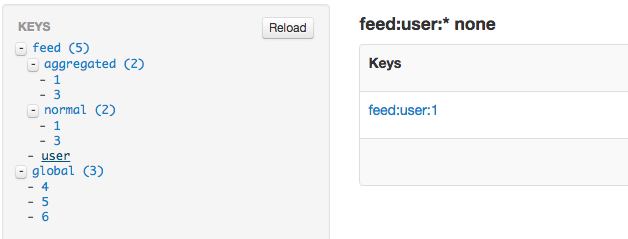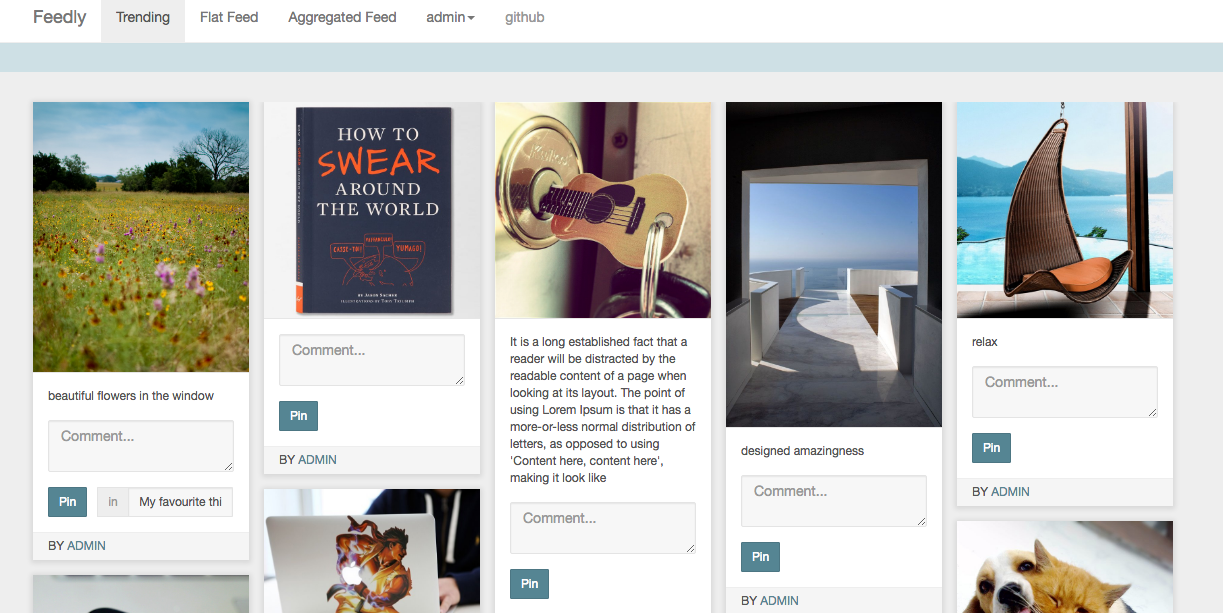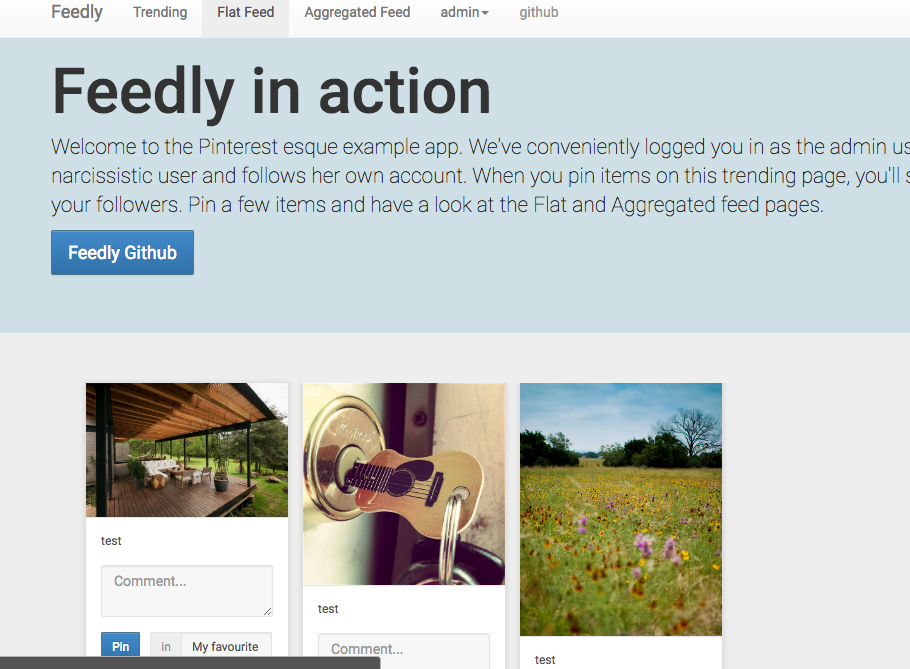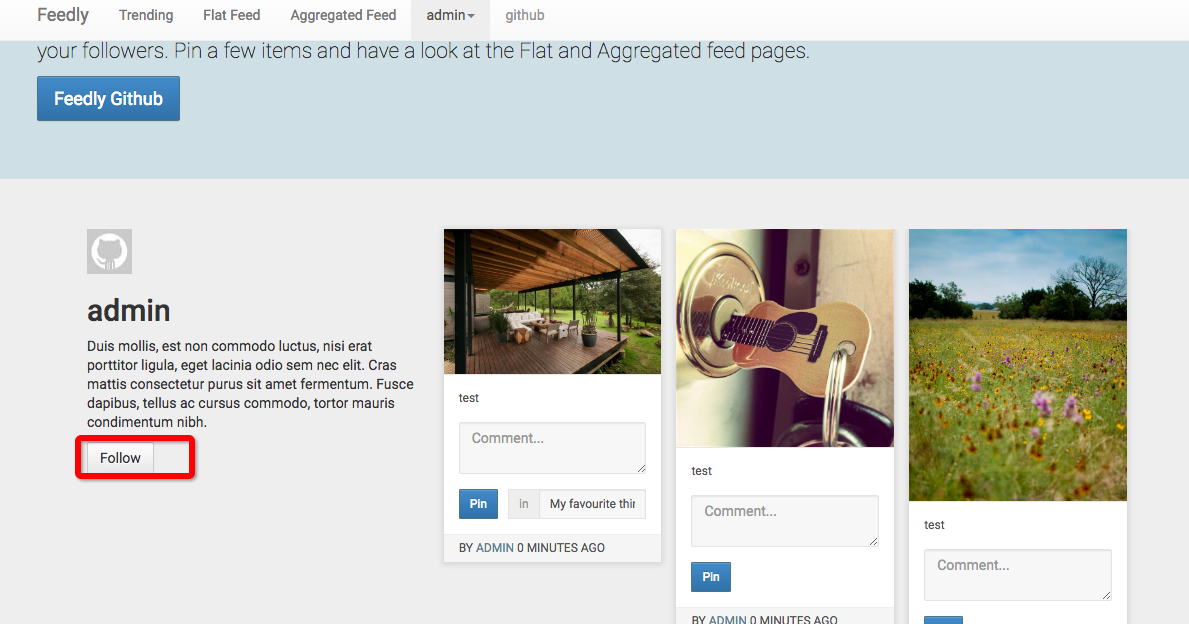notification system思路、概念与实现
文章目录
试水
水挺深,撸起你的裤管
缘起
最初我想为Open edX实现一套消息系统(Notification system)。通过浏览官方库,我们发现,官方在做类似的事:notifier
notifier is a django application for edX platform notifications
It currently sends daily digests of new content to subscribed forums users, with a goal of eventually supporting real-time and batched notifications of various types of content across various channels (e.g. SMS).
由此可知这个库,最终会变得real-time and powerful(多种通知方式)
但目前而言,似乎偏弱,且只能提供论坛消息通知,且是以邮件的方式。而我们似乎更习惯站内消息这种通知形式
至于具体实现,我没细看,猜测是celery+rabbitmq,采用pub/sub模型
最初的思路
我的需求
- 私信(message)
- 站内消息(Announce)
- 是系统发送的消息,格式是固定的,特殊对象一般拥有超链接(资源定位符)。
- 提醒(activities,Remind,类似github消息通知)
- 可能涉及关注对象/活动/订阅/
- 谁对一样属于谁的事物做了什么操作(someone do something in someone’s something)
- 可能涉及关注对象/活动/订阅/
分析需求
通过万能的google,我们发现这类需求早就有人讨论过啦,以下是我喜欢的讨论
- 消息系统设计与实现「上篇」
- 消息系统设计与实现「下篇」
- 知乎的消息机制,在技术上如何设计与规划? : 知乎工程师的回答
- 网站的消息(通知)系统一般是如何实现的?
- newsfeed架构设计和实现
- 百万用户时尚分享网站feed系统扩展实践
概念篇
对Pinterest、Instagram和Fashiolista来说,feed是一个核心组件。 这些系统的共同点在于向用户展示其关注的人的动态,Fashiolista是基于Atom Activity Streams 1.0(还有个使用json格式的版本)来构建动态数据流的(ps:Atom Activity Streams今年出了2.0版本)
feed
那么我们首先要搞清楚feed是什么。
可以参考Web_feed
On the World Wide Web, a web feed (or news feed) is a data format used for providing users with frequently updated content.
我把它理解为最新讯息,提要)
Activities
stream的文档,对我们理解消息系统很有帮助, JSON Activity Streams 1.0有些抽象,而Stream-Framework名词太多
而stream的文档让我们在使用过程中理解消息系统
一则Activities有以下属性:
- Actor
- Verb
- Object
- Target
举例而言
Erik is pinning Hawaii to his Places to Visit board.
我们来拆解这句话,用以上属性积木来构建它
- Actor: “Eric” (User:2)
- Verb: “pin”
- Object: “Hawaii” (Place:42)
- Target: “Places to Visit” (Board:1)
我们来看下这个动作用代码来描述
|
|
Using the above fields, you can express any activity!
意识到这点,我们就理解消息系统啦
ps:用程序表达现实关系(动作),业务相关的代码通常是模拟现实(关系或者事务),所以表达现实是一种常见的模式
其他概念
- fanout:将动态推送给你的粉丝的过程被称为消息分发
###参考
实现篇
stream framework
Stream Framework is a Python library, which allows you to build newsfeed and notification systems using Cassandra and/or Redis.
- Examples of what you can build are
- Activity streams such as seen on Github
- A notification system
- 之前的Feedly
- 作者博客
最近我在看stream framework的实现,重点关注redis部分,之后有时间再做分析
我们先来看下数据在redis里的结构

demo
这是基于stream_framework的一个demo,模仿Pinterest,用户可以发布自己的pin(类似post),其他用户可以follow该用户,并且对喜欢的物品进行点赞
由于时间久远,该项目无法直接运行,我做了些调整,使其跑在osx下,测试正常
首页

信息流

关注者

stream
当然我们也可以使用stream的服务来构建我们的消息系统,我们跑一个简单的demo
|
|
django demo
文章作者 种瓜
上次更新 2016-06-08